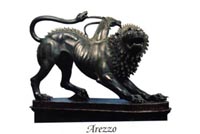 Arezzo
symbol
Arezzo
symbol
WELCOME TO AREZZO
 Arezzo
symbol
Arezzo
symbolArezzo is a provincial capital within the central Italian region of Tuscany (Toscana). Like so many Italian towns, the historic part of the city is on a hill, in a defensive position close to the base of a stronghold. The lower part of town, around the railway station, is more modern, with a well-ordered and prosperous buzz. More medieval than grand, the town isn't as breathtaking as Tuscany's finest, but it's an attractive place to visit, with plenty to keep the visitor occupied. Arezzo's most powerful period came in the Middle Ages, before the town was taken over by Florence. Consequently the historic part of town is predominantly medieval, giving Arezzo a humbler and quainter air than Renaissance Florence.
A stroll around the winding streets takes in the town's sights and several interesting churches and palazzi. In San Domenico, which is a domenican church, we can see the famous crucifix of Cimabue.
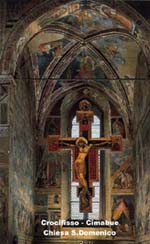
Highlights include the sloping Piazza Grande and the cathedral, the
Duomo, which contains fine stained-glass windows and an elaborately
carved tomb recounting the life of Bishop Guido Tarlati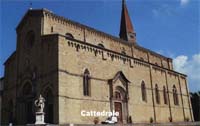 .
.
Behind the cathedral is a pleasant leafy park, called il Prato, leading up to the sixteenth-century Medici fortress, which offers impressive views over Arezzo and the surrounding countryside.
Town Hall or Municipio dates from 1333. .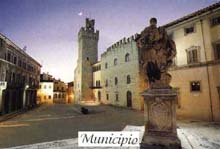
Piazza Grande is a medieval piazza which dates from 1300-1400. There is Vasari’s logge of the sixteenth century.

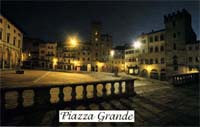
Romanic Pieve or Santa Maria della Pieve is a romanic
church. Pieve comes from plebs (church for the poor pieve fron latin plebs). It
contains bell tower called a hundred holes (dalle cento buche) and the façade is
made by blind logge without entrance and the columns and highest point are
unequal. 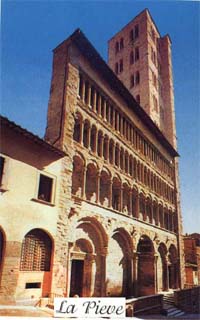
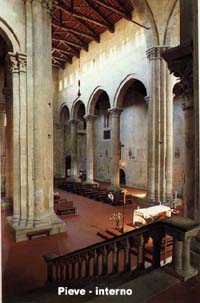
Arezzo's greatest artistic treasure is the set of frescoes by Piero della Francesca called La Leggenda della Vera Croce, in the church of San Francesco. Started in 1452, this Renaissance masterpiece tells the story of the 'True Cross'. Entrance is by timed admission ticket, which can be booked in the office next door.


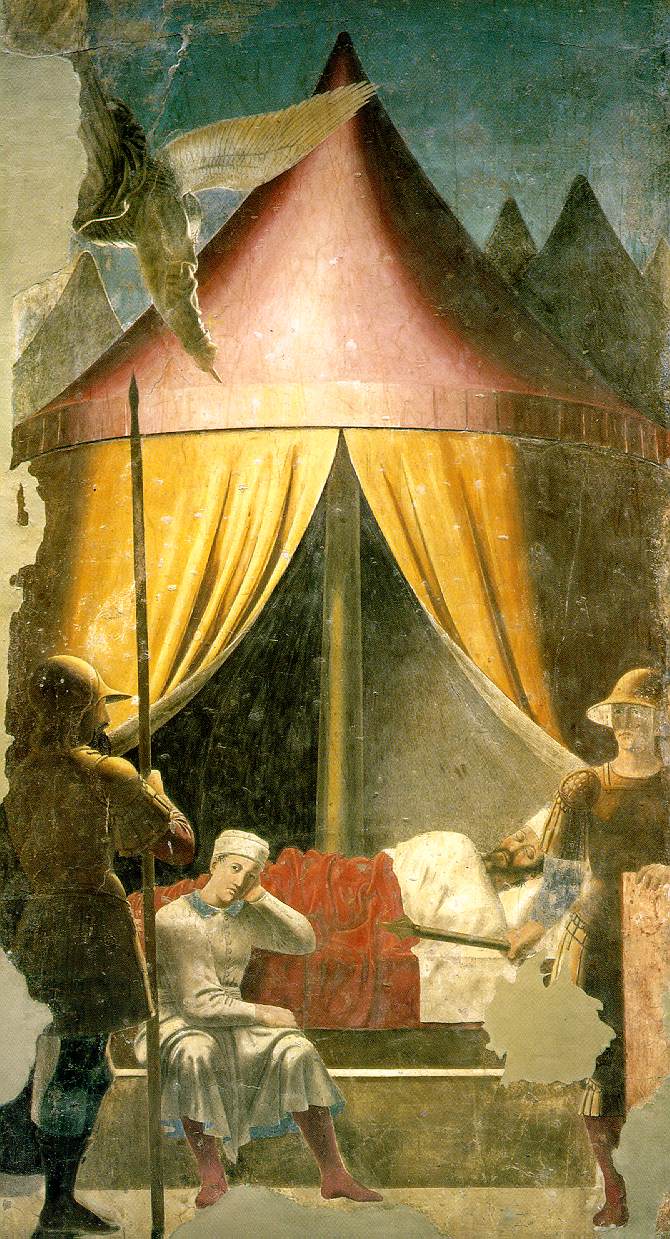 Constantin
dream
Constantin
dream
Arezzo has several interesting museums, in addition to the Piero della Francesca frescoes.The Museo Statale d'Arte Medievale e Moderna is housed in the fifteenth-century Palazzo Bruni-Ciocchi, and contains works of art from the Middle Ages onwards, including sculptures, paintings and a large collection of Majolica ware. Children who are bored of the art may be more interested in the museum's hoard of historic weapons. Nearby, the Museo di Casa Vasari is another interesting stop for those interested in art. The painter Vasari decorated his own house with rather overpowering mannerist frescoes; modern visitors can wander the rooms and wonder how he could have lived surrounded by quite so much of his own work. Down in the lower town, alongside the ruined Roman amphitheatre, is the town's Museo Archeologico.
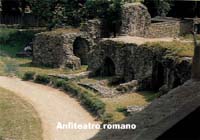
Santa Maria delle Grazie is a very beatifull church of Renaissance: here you can see the fantastic portico of Pieve a Maiano.
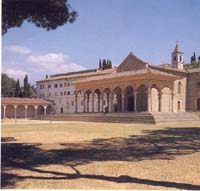
rretium, as it was called then, was a busy Etruscan and Roman town, and its relics are lined up here; roomfuls of vases, mosaics and funerary urns. Arezzo is renowned for its antique fairs, which take place on the first Sunday of every month, and the preceding Saturday. A medieval reenactment, the Giostra del Saracino takes place twice a year, on the third Sunday of June and the first Sunday of September. The town is also the home of an annual free music festival, Arezzo Wave Festival.
The Oscar-winning film by Roberto Benigni about wartime Italy was set and filmed in filmed in Arezzo. Proud of the film connection, the streets of Arezzo are dotted with information boards about the film locations, helping film fans to identify the spot where the characters sheltered under a cushion umbrella, or cycled through the piazza.
Prof. Massimiliano Badiali